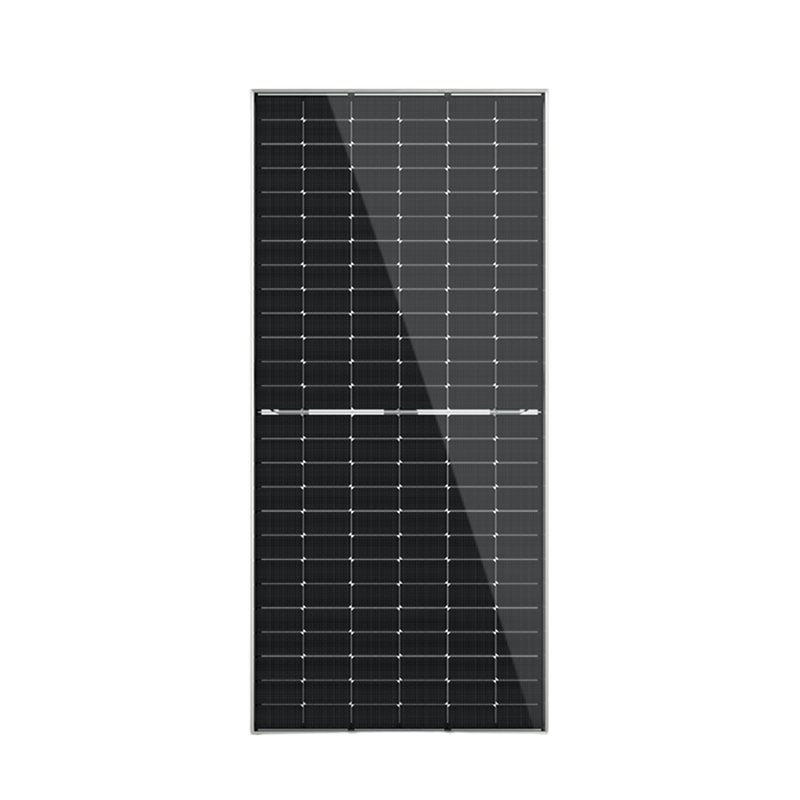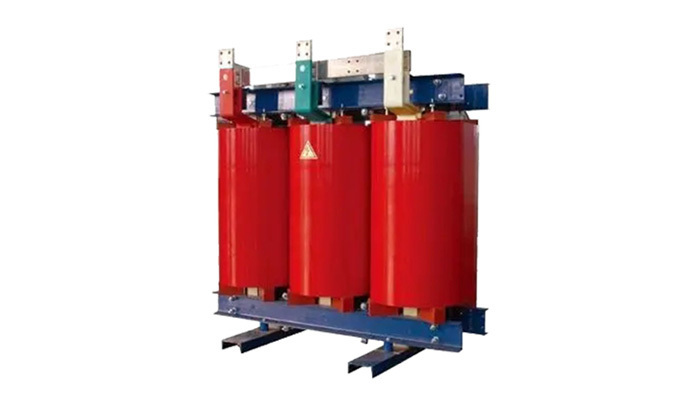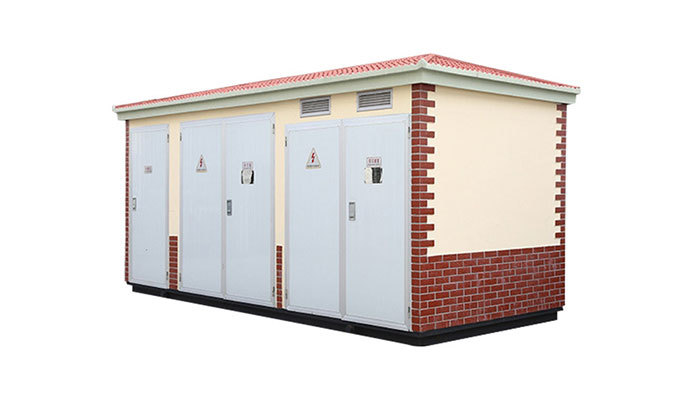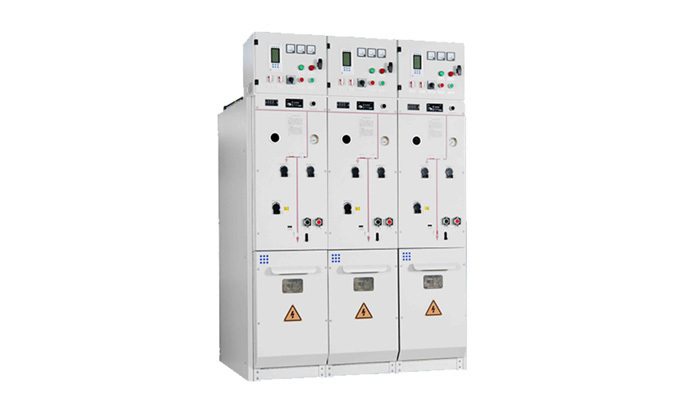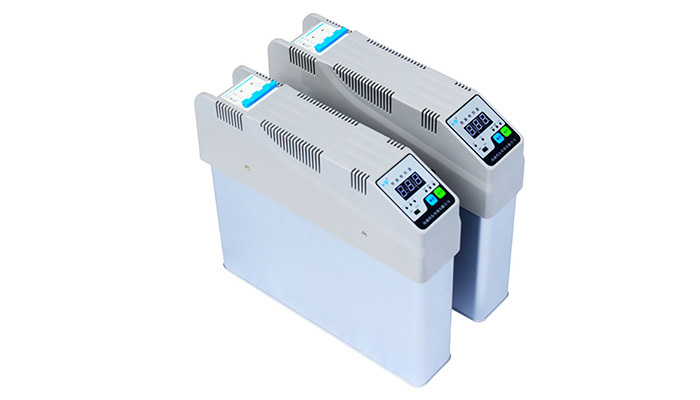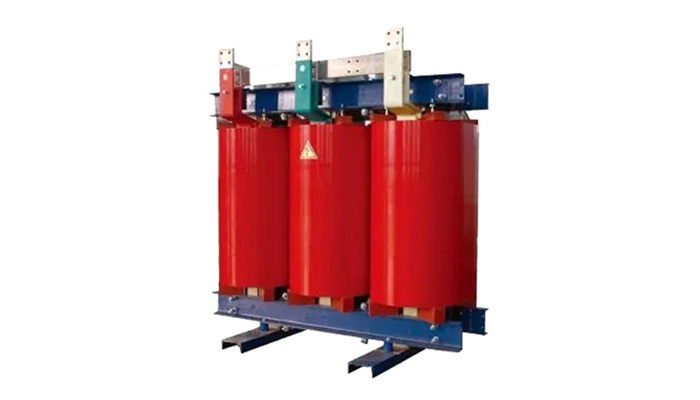The Role of Static Reactive Power Generators in Modern Electrical Systems: A Comprehensive Guide
Release time:
2025-10-23
The Role of Static Reactive Power Generators in Modern Electrical Systems
Table of Contents
- Introduction to Static Reactive Power Generators
- Understanding Reactive Power in Electrical Systems
- How Static Reactive Power Generators Work
- Types of Static Reactive Power Generators
- Benefits of Using Static Reactive Power Generators
- Applications in Various Industries
- Challenges and Considerations
- The Future of Static Reactive Power Generators
- FAQs
Introduction to Static Reactive Power Generators
In the age of rapid technological advancements, static reactive power generators have emerged as pivotal components within modern electrical systems. These devices are crucial for managing reactive power, ensuring the stability and efficiency of power systems. As industries evolve, the demand for reliable power quality becomes paramount, making an understanding of these systems essential for engineers and technicians alike.
Understanding Reactive Power in Electrical Systems
Reactive power is a fundamental aspect of electrical systems, critical for maintaining voltage levels necessary for the operation of equipment. Unlike active power, which performs useful work, reactive power supports the voltage that enables the transfer of active power. It is measured in Volt-Amperes Reactive (VAR) and is essential for the operation of inductive loads, such as motors and transformers.
Without sufficient reactive power, voltage levels can drop, leading to inefficiencies and potential equipment damage. This is where static reactive power generators come into play, providing the necessary support to maintain optimal voltage levels in electrical networks.
How Static Reactive Power Generators Work
Static reactive power generators work by injecting or absorbing reactive power as needed to stabilize voltage levels in electrical systems. They operate on the principle of controlling the reactive power flow dynamically, which can be achieved through various technologies.
These generators respond to changes in load demands, ensuring that reactive power is available when required. By doing so, they help in minimizing losses and enhancing the overall efficiency of the power system.
Types of Static Reactive Power Generators
There are several types of static reactive power generators, each designed to address specific needs within electrical systems. Understanding these types is essential for selecting the right solution for a given application.
Synchronous Condensers
Synchronous condensers are rotating machines that provide reactive power support. By adjusting their excitation levels, they can either absorb or generate reactive power. They are particularly effective in stabilizing voltage in large power systems and are often used in conjunction with synchronous generators.
Static VAR Compensators (SVC)
Static VAR compensators are solid-state devices that provide fast-acting reactive power compensation. They utilize thyristors to control the reactive power flow, enabling rapid adjustments to voltage levels in response to changing load conditions. SVCs are widely used in industrial applications and transmission networks to enhance stability and reduce losses.
STATCOM (Static Synchronous Compensator)
STATCOMs are advanced versions of SVCs and utilize voltage-source converters to provide reactive power support. They are capable of delivering both capacitive and inductive reactive power dynamically, making them suitable for a variety of applications. STATCOMs are particularly effective in enhancing the reliability and efficiency of electrical systems.
Benefits of Using Static Reactive Power Generators
The incorporation of static reactive power generators offers numerous benefits that enhance the performance of electrical systems:
1. **Voltage Regulation**: These devices maintain voltage levels within acceptable ranges, preventing voltage sags and swells that can damage equipment.
2. **Increased Efficiency**: By optimizing reactive power flow, static reactive power generators reduce losses in transmission and distribution networks, improving overall system efficiency.
3. **Enhanced Stability**: They contribute to the stability of power systems, especially during sudden load changes or disturbances.
4. **Reduced Equipment Stress**: By providing reactive power support, these generators help reduce the stress on transformers and generators, prolonging their lifespan.
5. **Improved Power Quality**: Enhanced power quality leads to better performance of electrical equipment, reducing downtime and maintenance costs.
Applications in Various Industries
Static reactive power generators find applications across various sectors, including:
- **Industrial Manufacturing**: Factories utilize these generators to maintain power quality and efficiency, especially in operations involving large motors and inductive loads.
- **Renewable Energy Integration**: As the integration of renewable energy sources increases, static reactive power generators help manage voltage levels and enhance system reliability.
- **Data Centers**: With the growing demand for power in data centers, static reactive power generators ensure optimal power quality and prevent outages.
- **Power Transmission**: Utilities employ these systems to enhance the capacity and reliability of transmission networks, particularly in areas with fluctuating demand.
Challenges and Considerations
Despite their advantages, there are challenges associated with static reactive power generators:
- **Initial Costs**: The investment required for static reactive power systems can be significant, which may deter some organizations from implementing them.
- **Maintenance Requirements**: While generally reliable, these systems require regular maintenance to ensure optimal performance and longevity.
- **Integration with Existing Systems**: Compatibility with existing infrastructure can pose challenges, necessitating careful planning and assessment.
The Future of Static Reactive Power Generators
The future of static reactive power generators appears promising, driven by technological advancements and the increasing demand for efficient power systems. Emerging technologies such as **artificial intelligence** and **machine learning** are being integrated into these systems, enabling smarter and more responsive operations.
Additionally, as renewable energy sources become more prevalent, the role of static reactive power generators will expand to address new challenges associated with variable power generation. As industries continue to seek ways to enhance power quality and efficiency, the adoption of static reactive power generators will likely increase.
FAQs
1. What is the primary function of static reactive power generators?
Static reactive power generators primarily provide reactive power support to maintain voltage levels in electrical systems, ensuring stability and efficiency.
2. How do static reactive power generators improve power quality?
These generators enhance power quality by minimizing voltage fluctuations, reducing losses, and ensuring that reactive power is available when needed.
3. What are the main types of static reactive power generators?
The main types include synchronous condensers, Static VAR Compensators (SVC), and STATCOMs.
4. Are there any downsides to using static reactive power generators?
While they offer many benefits, challenges include high initial costs, maintenance requirements, and integration issues with existing systems.
5. How does the future look for static reactive power generators in renewable energy systems?
The future is bright, as these generators will play a crucial role in managing the variable power outputs from renewable energy sources, ensuring system reliability and efficiency.
Conclusion
Static reactive power generators are vital components of modern electrical systems, playing a crucial role in enhancing power quality, stability, and efficiency. As industries continue to evolve and the demand for reliable power increases, understanding and implementing these systems will be fundamental to achieving optimal performance in electrical networks. By leveraging advancements in technology and addressing existing challenges, static reactive power generators will remain at the forefront of powering the future.
Latest information
Get a Free Consultancy
If you have any suggestions, please leave a message or send an email to us.




